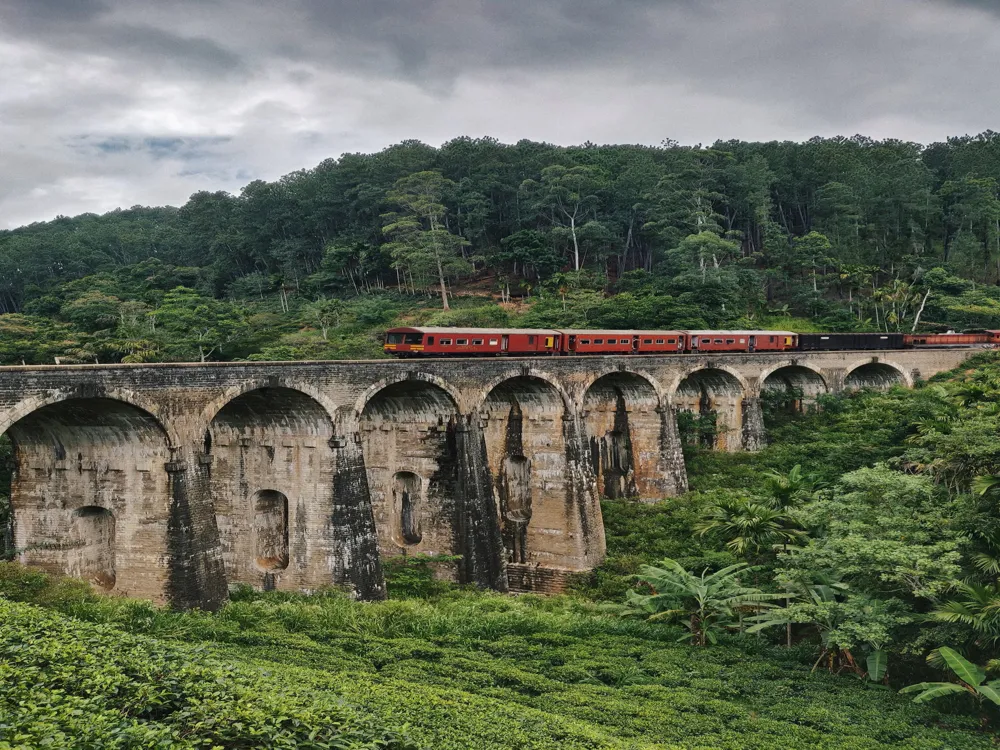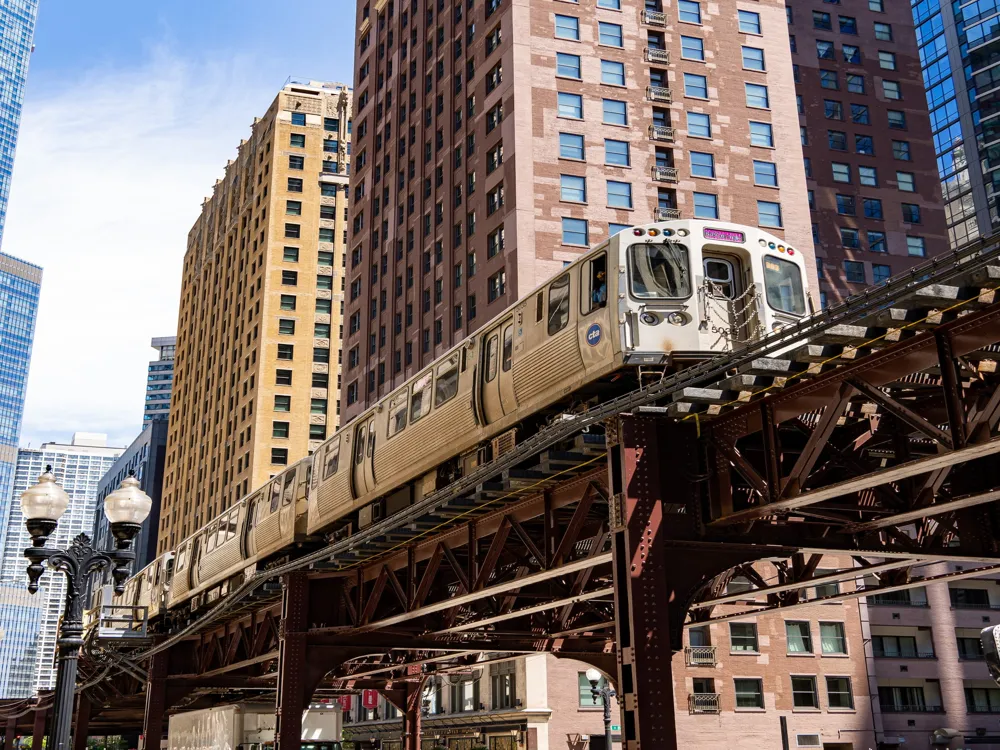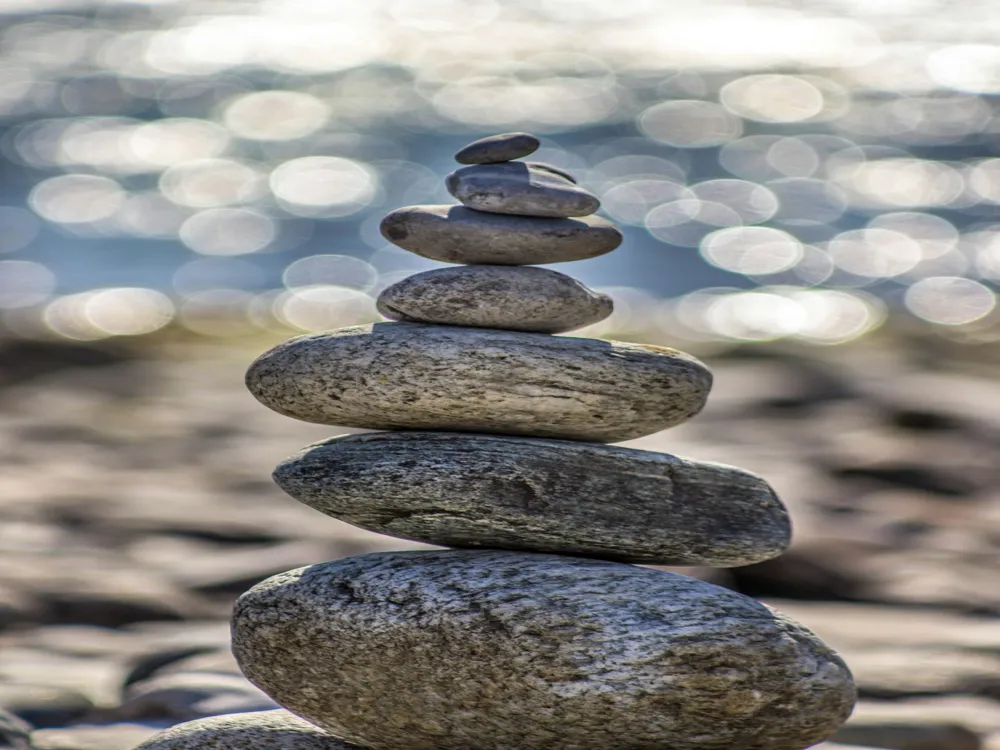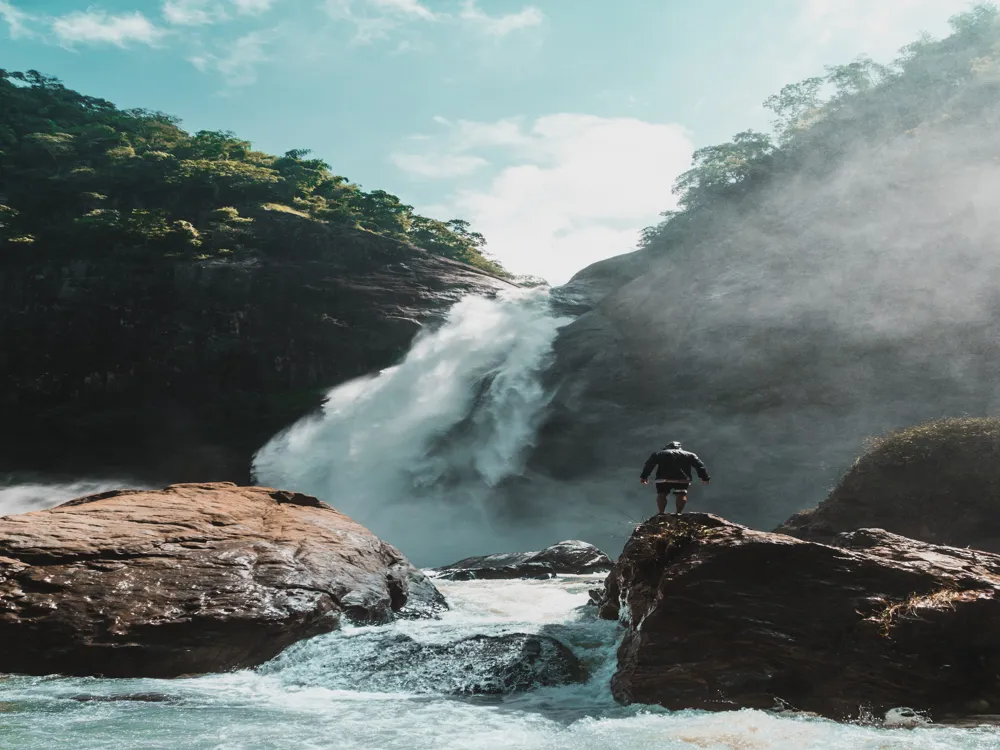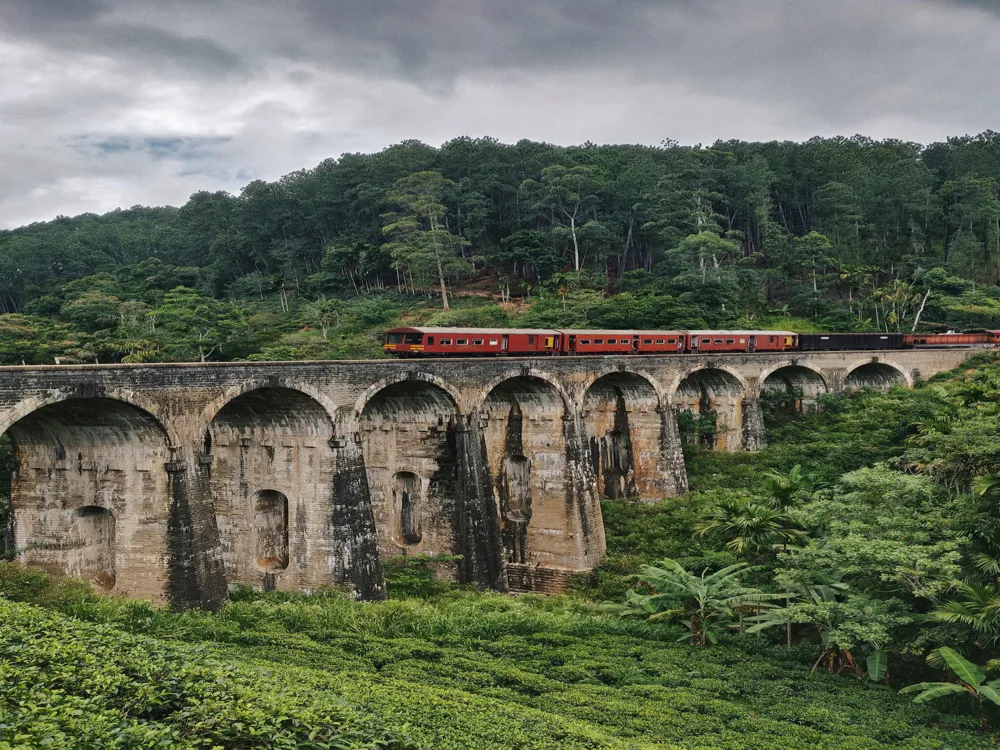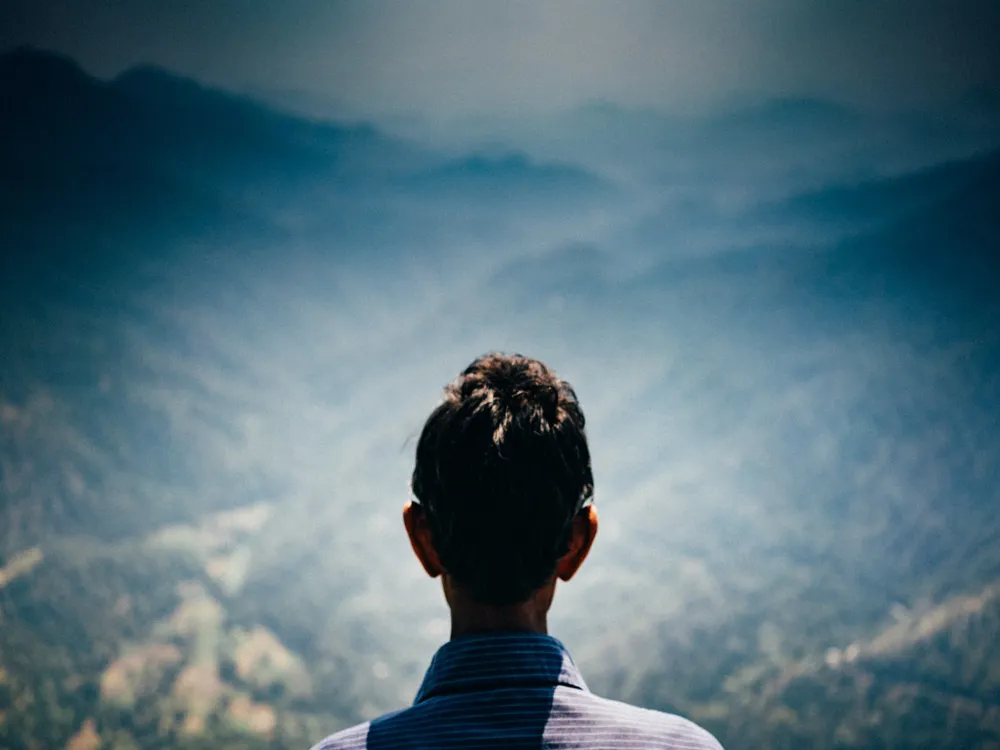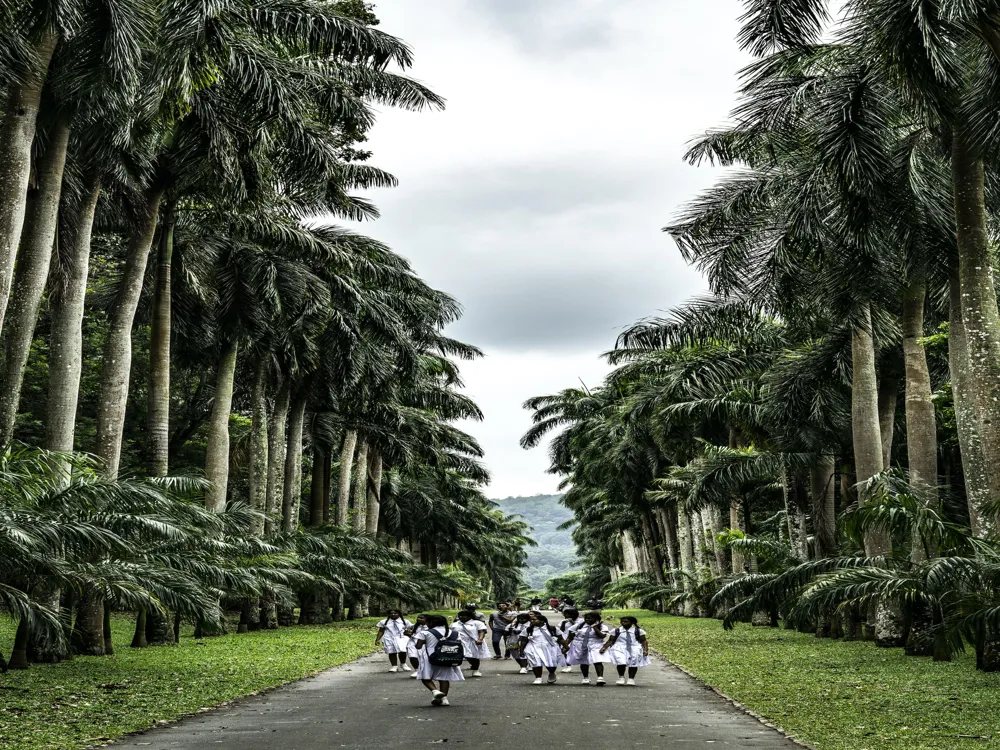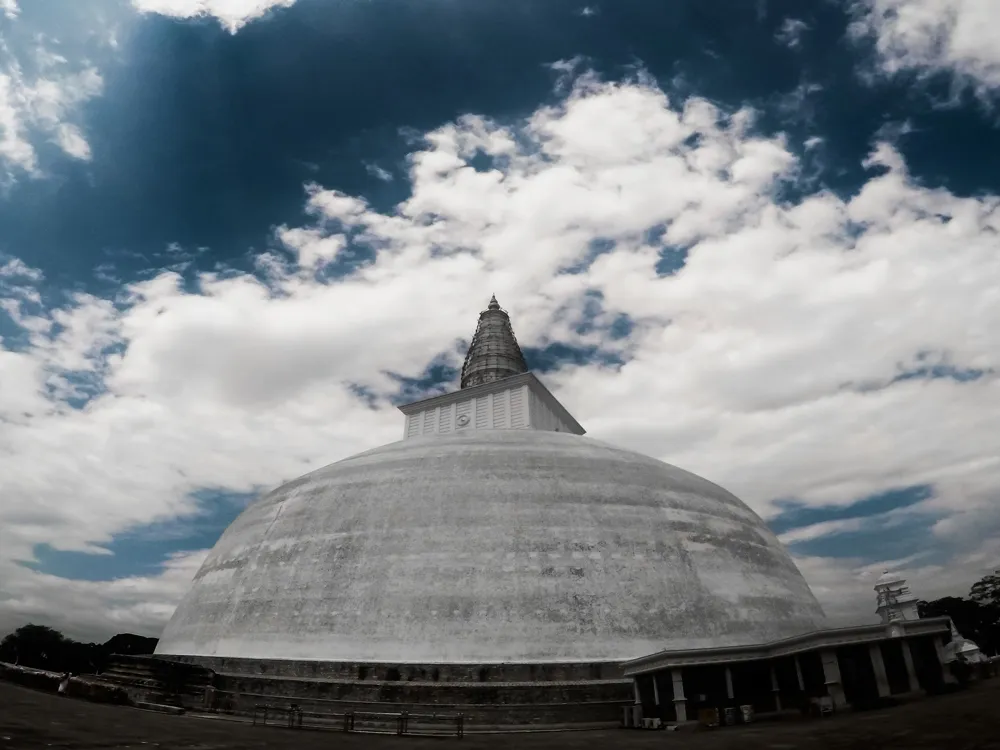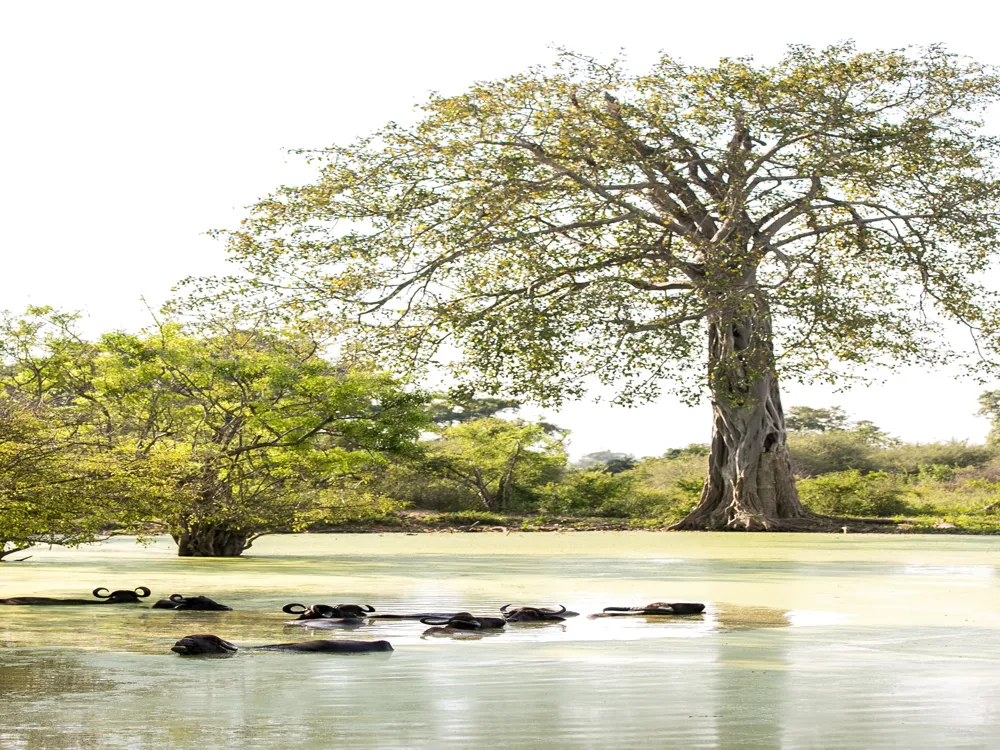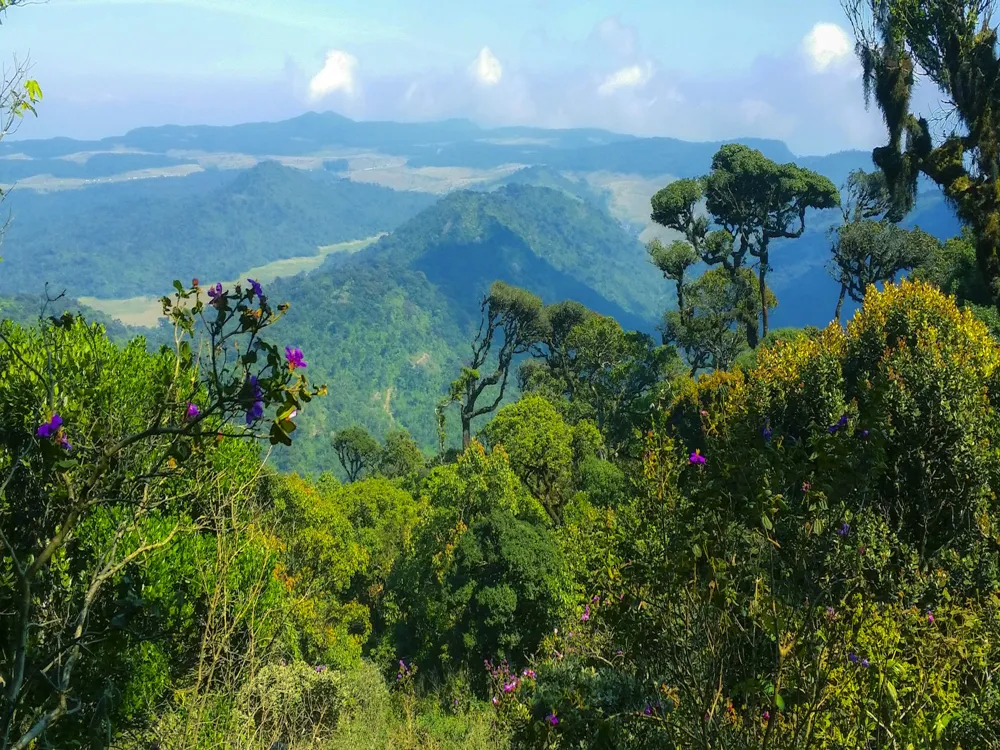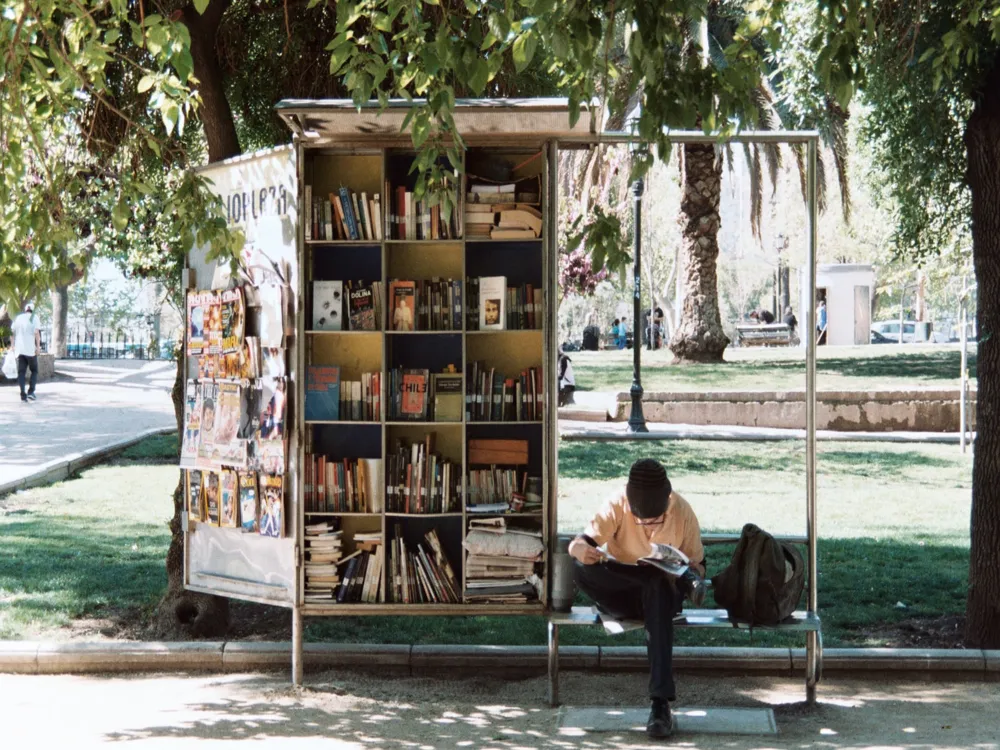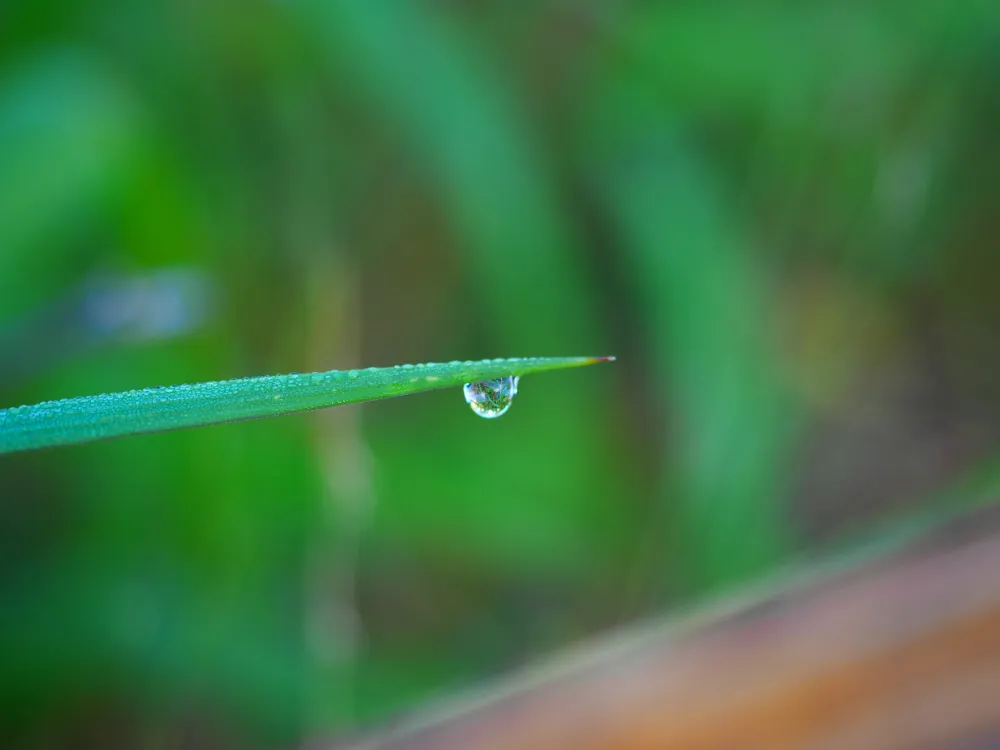Dunhinda Falls, a majestic waterfall located in Ella, Sri Lanka, is a spectacular natural wonder attracting countless visitors each year. This waterfall, known for its unique features and breathtaking beauty, stands as one of the island's most awe-inspiring natural attractions. The name 'Dunhinda' translates to 'spray waterfall', which aptly describes the misty ambiance created by the cascading water. The waterfall, which is approximately 64 meters high, is fed by the Badulu Oya River and is renowned for its roaring sound that can be heard from a distance. The area surrounding the falls is rich in biodiversity, including various endemic species of flora and fauna, making it a paradise for nature enthusiasts and photographers alike. The lush greenery, combined with the white frothy water, creates a picturesque and serene environment that leaves an indelible impression on its visitors. What makes Dunhinda Falls stand out is its unique formation. The water flows over a rocky precipice into a large pool below, creating a mesmerizing effect. The spray from the falls creates a microclimate around it, often resulting in a rainbow on sunny days, adding to the magical experience. The surrounding landscape is characterized by dense forests and rugged terrain, which enhances the natural beauty of the falls. Visitors to Dunhinda Falls are also treated to a rich cultural experience. The local folklore and legends surrounding the falls add a mystical charm to the site. These stories, often told by local guides, include tales of ancient gods and historical events linked to the falls, providing a deeper understanding of the area's cultural significance. Moreover, the falls have been a source of inspiration for many local artists and poets, further cementing its status as a cultural icon. The architecture of Dunhinda Falls is not man-made but carved by nature itself. The falls are a result of thousands of years of geological processes, making it an incredible example of natural architecture. The layered rocks over which the water cascades have been shaped by the relentless force of the water, creating unique patterns and formations. These rock formations play a crucial role in the waterfall's appearance and the way the water flows. The varying hardness of the rocks causes the water to fall in a distinctive pattern, creating a mesmerizing visual spectacle. Additionally, the natural pool formed at the base of the falls is a result of the water's erosive power, which has hollowed out a deep basin in the rock. The vegetation surrounding Dunhinda Falls also contributes to its natural architecture. The dense forest canopy and the undergrowth create a natural amphitheater-like setting that frames the falls, enhancing their visual appeal. This green cover not only adds to the beauty of the area but also supports a diverse ecosystem, providing habitat for various species of plants and animals. The interaction between the waterfall, the rock formations, and the surrounding vegetation creates a dynamic and ever-changing landscape. Seasonal variations in water flow and weather conditions bring about different aspects of the falls' beauty, making each visit a unique experience. The natural architecture of Dunhinda Falls is a testament to the incredible power and artistry of nature, offering an unparalleled spectacle to its visitors. The ideal time to visit Dunhinda Falls is during the monsoon season when the waterfall is at its fullest and most spectacular. However, visitors should be cautious as the trails can be slippery. Comfortable clothing and sturdy shoes are recommended as the trek to the falls involves walking through uneven and sometimes slippery terrain. Visitors should always stay on the marked trails and avoid venturing too close to the edge of the waterfall for safety. For photography enthusiasts, carrying a waterproof camera or a protective case is advisable due to the mist and spray from the waterfall. It's important to respect the natural environment by not littering and disturbing the wildlife in the area. Reaching Dunhinda Falls is relatively straightforward. The falls are located approximately 5 kilometers from the town of Badulla. Visitors can take a bus or a tuk-tuk from Badulla to the entrance of the falls. From there, a well-marked trail leads to the waterfall. The walk to the falls takes about 15 to 20 minutes and offers scenic views of the surrounding landscape. The path, although mostly easy, does have some steep and slippery sections, so caution is advised. For those driving, there is parking available near the entrance. The route to Dunhinda Falls is well-signposted, making it easy to navigate. Additionally, local guides are often available for hire at the entrance, who can provide insightful information about the falls and the surrounding area. Read More: Overview of Dunhinda Falls in Ella
The architecture of Dunhinda Falls
Tips When Visiting Dunhinda Falls
Best Time to Visit
What to Wear
Safety Precautions
Photography Tips
Respecting the Environment
How To Reach Dunhinda Falls
Dunhinda Falls
Ella
₹ 25,000 onwards
View ella Packages
Weather :
Tags : Waterfall
Timings : 7:00 AM - 5:00 PM
Time Required : June to July
Entry Fee : LKR 200
Planning a Trip? Ask Your Question
Ella Travel Packages
View All Packages For Ella
Top Hotel Collections for Ella

Private Pool

Luxury Hotels

5-Star Hotels

Pet Friendly
Top Hotels Near Ella
Other Top Ranking Places In Ella
View All Places To Visit In ella
View ella Packages
Weather :
Tags : Waterfall
Timings : 7:00 AM - 5:00 PM
Time Required : June to July
Entry Fee : LKR 200
Planning a Trip? Ask Your Question
Ella Travel Packages
View All Packages For Ella
Top Hotel Collections for Ella

Private Pool

Luxury Hotels

5-Star Hotels

Pet Friendly







